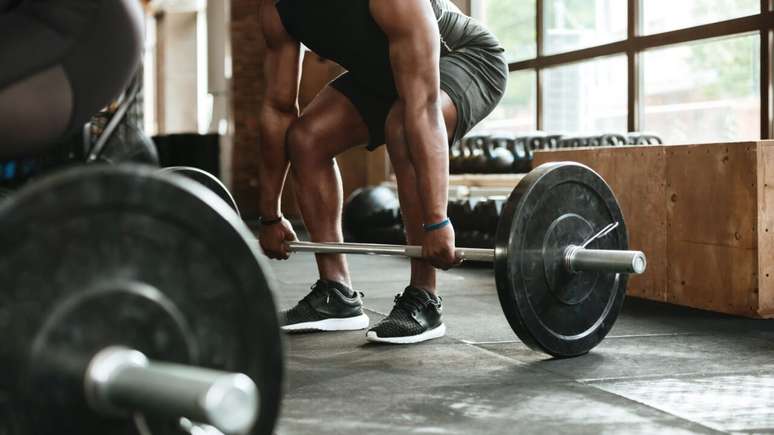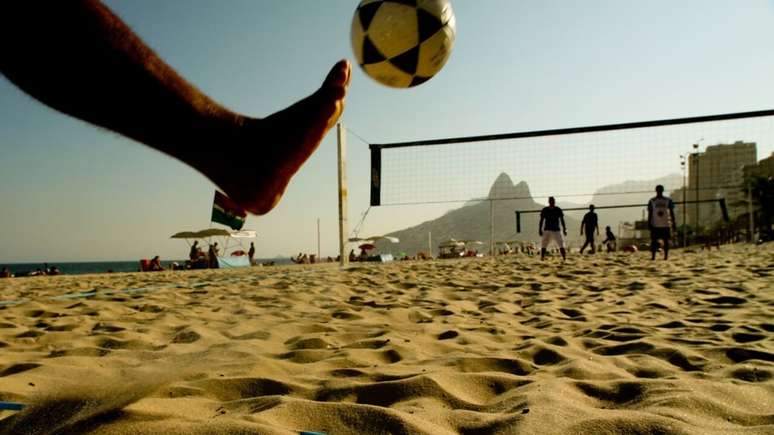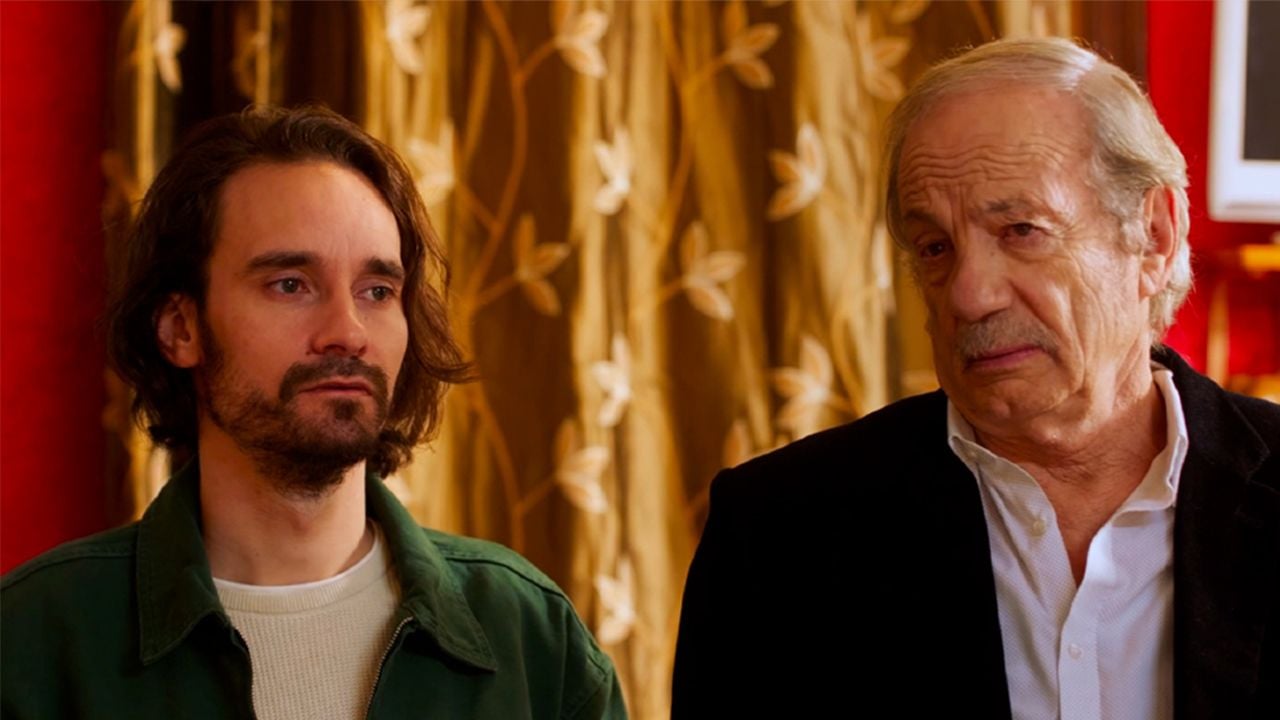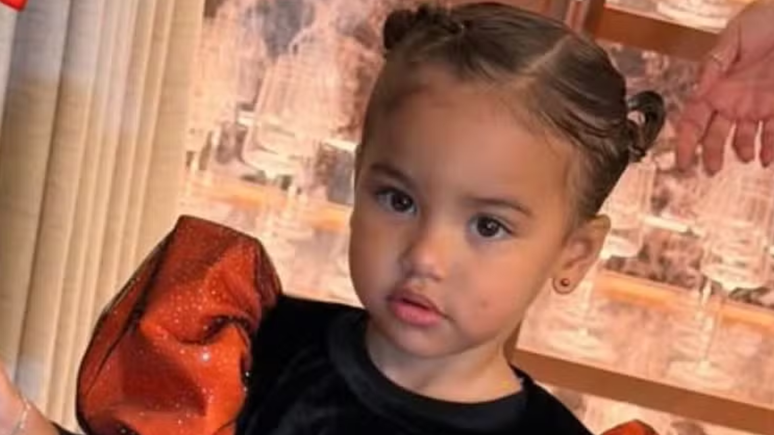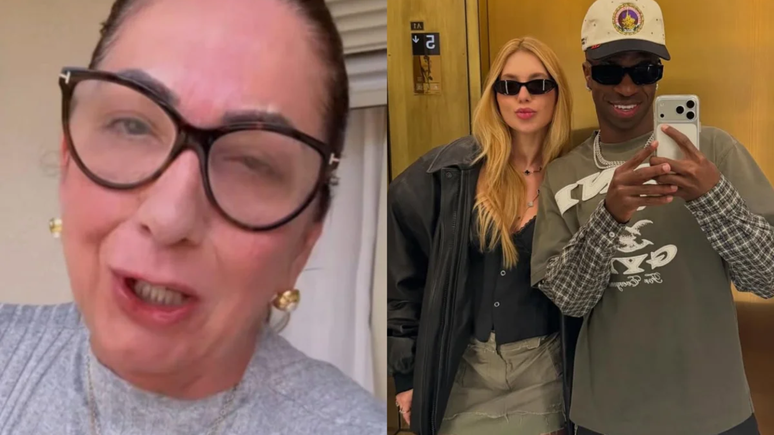The genetic mutation present in 0.2% of the population increases susceptibility to the disease, which has led some women to opt for risk-reducing surgery.
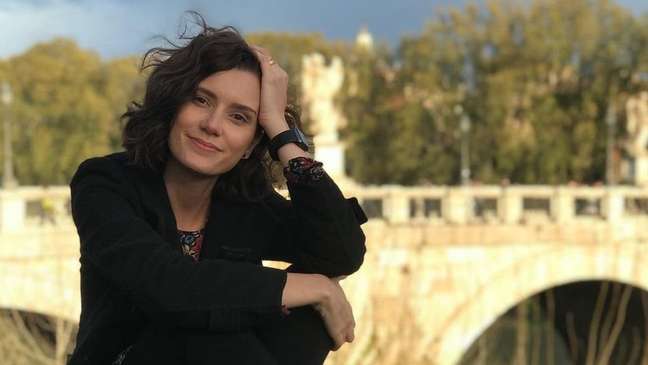
At the age of 23, the project coordinator, Evelin Scarelli, was surprised by the diagnosis of breast cancer. With no family history of the disease, the young woman had two different left breast cancers and soon she began treatment to fight them.
Two years later, Evelin was surprised to be diagnosed with the disease again, but now it was her mother who would have to go through the entire breast cancer treatment.
The illness of the mother and daughter triggered the alert of the doctors who accompanied them: there was the possibility that the tumors had a genetic origin. To prove the suspicion or not, genetic analysis of the mother and daughter was required to detect whether they had mutations in the BRCA1 or BRCA2 gene.
And the doctors’ suspicions have been confirmed. Evelin was diagnosed with a mutation in the BRCA1 gene at the age of 25 and with the diagnosis came the information that she was about 85% likely to have new breast cancer.
Without thinking too much, the project coordinator decided to undergo breast removal surgery to reduce the risks of the disease. Risk reduction surgery or preventive mastectomy, as it is known, reduces the chances of a patient who has the gene mutation having breast cancer by 90 to 95%.
“Removing the breasts is a very difficult decision because it is an irreversible procedure, since it involves the removal of an organ. But I, who had already undergone treatment, also saw my mother face cancer and I had to face the ‘breast removal as the possibility for me to take on the role of protagonist in my life and not to be dominated by the disease “, he says.
At the time of diagnosis, Evelin and her husband were preparing to undergo an in vitro fertilization (In Vitro Fertilization) and thus try to fulfill their dream of having their first child. In addition to the fear of the disease, came the worry of not being able to breastfeed, which had long been expected and planned by her.
“Breastfeeding talks are very heavy, society dictates that to be a mother you have to breastfeed and there is a lack of sensitivity with mothers who don’t. Breastfeeding is so much more, it’s a heart-to-heart bond. .there is a lot of misinformation and it is a barrier that must be broken, “says Evelin.
Shortly after the removal of both breasts, Evelin underwent breast reconstruction surgery with implant placement and in the following months she had limited movement. Last year, after the second in vitro fertilization, the dream of being a mother came true and her first child was born.
“I underwent two fertilizations, the first was a female and the embryo did not develop. On the second attempt we were able to have our son Bento. Removing my breast was a very safe decision. I wanted to do the procedure to be able to celebrate life. of my son and have a chance to see him grow up, “he says.

‘I’m no less a woman for not having breasts’
It was also after coping with breast cancer in 2020 that manicurist Esther Marília da Silva Oliveira, 37, discovered she had the BRCA1 gene mutation. After two years of chemotherapy and radiation treatment, the doctors ordered the genetic mapping as a precaution and the diagnosis arrived.
“My doctor called me for a conversation and explained about the preventive mastectomy, which greatly reduced the chances of me having the disease again, I embraced the idea of having the procedure and having my two breasts removed,” she recalls. .
The manicurist, who has a stepson, says she had no desire to be a mother and that the removal of the breast did not affect her in that sense. The procedure, which also involved the removal of the ovaries and tubes, was performed in February of this year and Esther initially chose not to insert breast implants.
“I went through the surgery in a very natural way, because what I wanted was my cure, to have quality and a long life. I wanted to take away the possibility of having a new cancer,” he says.
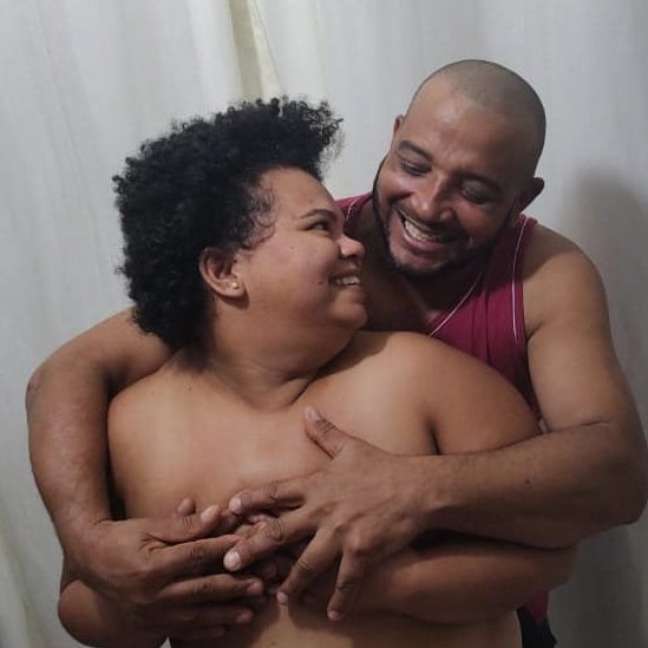
Despite the conviction of her decision, the manicurist recalls that she did not tell her friends and family about the breast removal procedure to avoid judgments and opinions contrary to her decision that could affect her emotional state.
“The only person that worried me was my husband and he supported me to do the operation without breast reconstruction. It is a new phase for the couple and we are getting used to the new life. I am thinking about reconstructing my breasts. less woman for not having them, “she says.
“The Netflix series helped me discover my mutation”
Unaware of the BRCA1 and BRCA2 gene mutation, which increases a person’s chances of contracting breast cancer, publicist Stefania Dominique Carnevale de Luca, 26, found that she could suffer from the problem by watching a Netflix series called The bold type.
After seeing the episodes in which the main character and her mother had breast cancer, she decided to investigate her own genetics, as her mother had recently dealt with the disease.
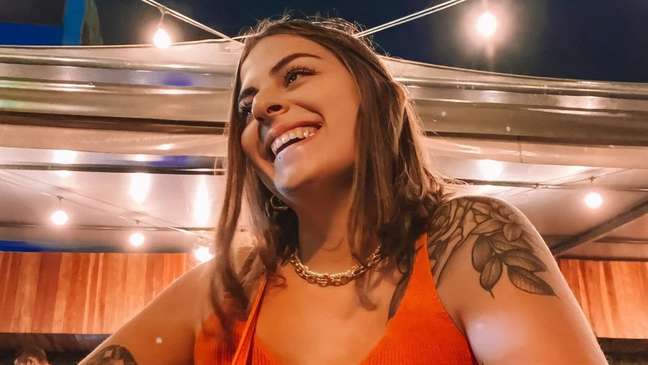
“I didn’t know this mutation existed and the show warned me. When I found out I was mutated, I was anguished, in shock and the first thing that crossed my mind was that I didn’t want to have cancer. act accordingly, regardless of what the possible consequences might be, “he recalls.
Initially, the publicist, accompanied by the doctor, opted for the removal of the breasts with the reconstruction of the breasts with prostheses. However, two weeks after the surgery, Stefania had complications from the surgery and had to remove the implants, leaving her breast.
“I had a moment of mourning, for two days I cried just because I was supposed to be breastless for a few months and that scared me a lot. But I soon recovered, I started thanking you for my health and for being able to lead a normal life, doing everything I like best, like running, cycling and traveling. Little by little I started to love my new body, “he says.
In December, the publicist will undergo a new surgery for the placement of implants in both breasts. In addition to the cosmetic change, the detection of the genetic mutation has advanced Stefania in her plans to have children for the next year.
The safest way for patients with a genetic mutation to have children, according to doctors, is through in vitro fertilization, which can prevent the mutated gene from being passed on to the baby.
“It may be that in the future I will have to remove the tubes and ovaries, so I plan to have a baby soon. When I went to have the breast removed, one of my concerns was about breastfeeding. But I sought out a counselor for breastfeeding. breastfeeding to understand what it is like to breastfeed a baby with formula and she reassured me. So I decided to stop breastfeeding for the sake of my health, “she explains.
“Lack of support made me give up surgery”
The decision to remove the breasts most of the time is not easy and can shake the psychology of women. This is what happened to the nursing technician Amanda Dias Ruivo, 26 years old.
After the mother and aunts were diagnosed with breast cancer, the hospital asked the nursing technician to do genetic mapping to analyze the likelihood that Amanda will also have the disease in the future.
“I had the exam in 2019 and was diagnosed with the BRCA1 mutation. At the time I already had lumps in my breast, but after the biopsy it turned out that they weren’t tumors,” he says.
Amanda was informed by the doctors about the breast removal operation and decided to carry out the procedure. However, as the date approached, which would be this month, she gave up the procedure, opting for medical follow-up and examinations every six months to check for lumps.
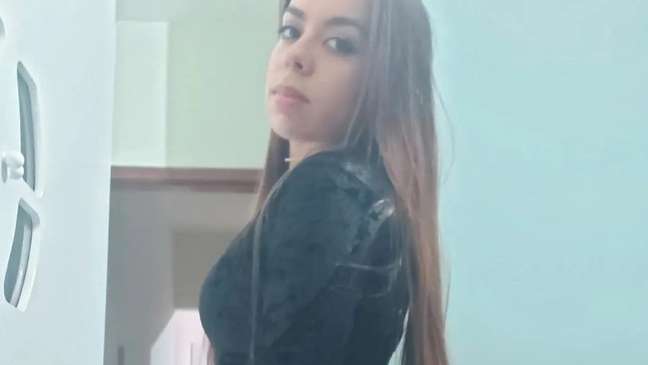
“In my family, my cousins did not want to do the genetic mapping and they look at me as if I was looking for a disease. I have had very little support from people in this process because they do not consider it as prevention. Also, the aesthetic question was. something that weighed, you can’t deny it. I can’t imagine myself without my breasts and that’s why I decided to postpone the surgery until I feel ready for the operation, “she says.
Since Amanda is a carrier of the gene that can manifest itself at any time, in addition to regular medical monitoring, she also has restrictions on the use of contraceptives and drugs that affect her hormones.
BRCA1 and BRCA2 mutation
Having a grandmother, mother, or sister with breast cancer doesn’t mean the mutation is present. Only 0.2% of the population has mutations in the BRCA1 and BRCA2 genes and about 0.1% have the mutation in one of them.
A mutation in BRCA1 increases a person’s risk of developing breast cancer by approximately 40%. The BRCA2 mutation also increases the risk of breast cancer by 40% and ovarian cancer by 12% to 15%.
Risk-reducing surgery or a preventive mastectomy, such as that performed by Evelin, Esther, Amanda, and many other women, can reduce the risk of breast cancer by up to 95%.
The guarantee is not 100% because it is possible that a tumor develops in some residual breast tissue or in the breast ducts. The placement of the prosthesis can be done in the same surgery where the breasts are removed or the patient can choose not to place the prosthesis.
“When it is of genetic origin, breast cancer affects successive generations always earlier, in a range of eight to ten years,” explains Vilmar Marques, physician and member of the Brazilian Society of Mastology.
“For example, if the mother had cancer at age 40, it is possible that the daughter has cancer at age 30; therefore, it is important to be aware of family genetics and in the case of BRCA mutations, it is advisable to follow-up is carried out from the age of 25. In addition, for the removal of the breast, the patient must have a psychological follow-up to avoid future problems “.
How to prevent breast cancer
Breast cancer is the type that most affects women worldwide. In Brazil, 66,280 new cases of the disease have been estimated for 2022, according to the National Cancer Institute (Inca).

Early detection of breast cancer is very important and greatly increases the chances of a cure for the disease. When diagnosed in stage 1, the chances of recovery reach 95% and treatments, in general, are less invasive, unlike the other stages.
Having a balanced diet and exercising regularly are basic recommendations for preventing breast cancer, as being overweight increases the risk of developing the disease, according to the Brazilian Society of Mastology.
It is not yet certain whether birth control pill use is associated with an increased risk of breast cancer. However, women who have used high-dose estrogen oral contraceptives, who have used the drug for years, and those who started using contraceptives at an early age, before their first pregnancy, may be more prone to having the illness.
– This text was published in https://www.bbc.com/portuguese/geral-63294051
+The best content in your email for free. Choose your favorite Earth Newsletter. Click here!
Source: Terra
Benjamin Smith is a fashion journalist and author at Gossipify, known for his coverage of the latest fashion trends and industry insights. He writes about clothing, shoes, accessories, and runway shows, providing in-depth analysis and unique perspectives. He’s respected for his ability to spot emerging designers and trends, and for providing practical fashion advice to readers.

